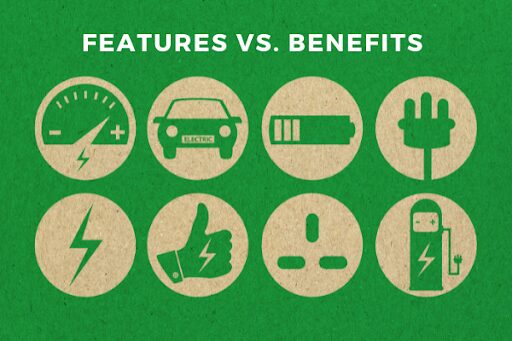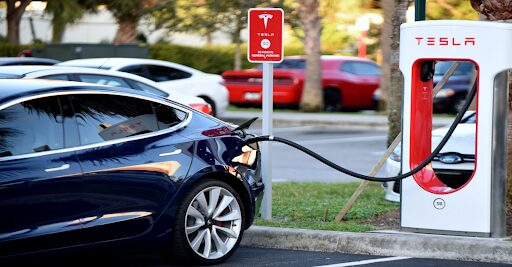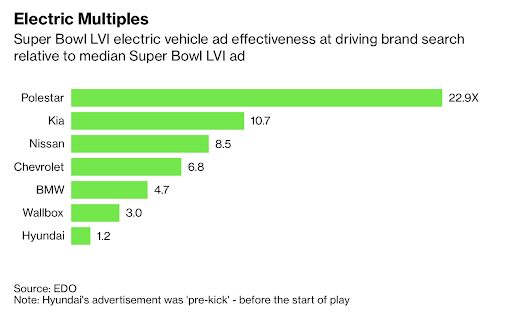Communicating the features of your company’s products and services is second nature for marketing pros. Most marketers know their company inside and out. They have no problem explaining why their products and services are fantastic.
This is the easy part.
Getting inside the head of the prospective buyer and channeling their inner fears and desires, when writing about their perceived benefits is always more challenging. However, doing this is key to getting results from your digital content because these are the driving factors in the buyer’s journey to engagement and ultimately, a sales conversion. This helps you avoid the features trap.
Features Versus Benefits
What is the difference between features and benefits?
Your features are your differentiators – they’re unique characteristics and add-ons that set your product apart from the competition.
Benefits, on the other hand, are the positive results that your customer experiences when using those features. Results that help them avoid pain and/or achieve what they desire.
Only a handful of consumers will immediately convert features into benefits. However, a larger sum of people can immediately recognize the benefits because they typically are solutions to a problem. When you solve problems, remove fear and help people gain what they want, you win customers.
Let’s take a closer look by examining how people think about buying electric vehicles (EVs) and how they approach features and benefits.
Features vs. Benefits of Gasoline-Powered and Electric Cars
One of the biggest outcomes of buying an electric car, like a Tesla, is you no longer need to buy gasoline. For many people this is a phenomenal outcome, but not for all. In fact, as of the writing of this blog, a Pew Research Study reports only 7% of adults in the United States own an electric car and not as many people as you think would even consider buying one.
How is it possible that people see any benefit in buying gasoline? Which at the time of this writing is going up in price on a regular basis.
It has to do with the differences between features and benefits. It has everything to do with the two factors we discussed earlier: avoiding pain or fear and desire.
Let’s look at some reasons why people might look at not needing gasoline for their cars as something to fear versus something to desire.
Fear and Avoiding Pain Hits at a Deep Level
Aside from price, a major obstacle people name to buying an electric car is their fear of not being able to charge it when or as much as they need to. They feel pain or fear the need to charge the car will add inconvenience and complications to their lives and restrict where and how far they will be able to drive. Perhaps they’ll forget to charge it before their trip and their battery dies, leaving them stranded by the side of the road.
They also fear they won’t be able to take longer trips, because they will run out of charge before they reach a new charging station. Telling them charging stations are becoming more and more common or the Tesla could have up to a 400-mile range isn’t going to change their minds. To them, the outcome of having a car not running on gasoline means uncertainty and anxiety. To them, the outcome is negative, not a benefit.
To the other type of prospect, the idea of a car without gasoline means something different. To them, the outcome of not having to fill the car with gas is positive, and a benefit. The idea does not trigger fear, but rather fulfills a desire (often more than one).
Not having to fill a tank with gasoline means not having to spend their lunch break in line at the gas station or be at the whim of rising gas prices. Furthermore, gasoline is a substance that causes pollution and is bad for the environment. To them, having a car that does not rely on gasoline fulfills their desire to do something good for the environment, not just for their own convenience, but for the betterment of the world they want to live in. For these buyers they love that their car is fully charged every night. The equivalent of a full tank of gas every morning, with no expense for fuel!
This year’s Super Bowl LVI featured 7 electric car commercials. What did they all have in common? They all showcased the perceived benefit of owning an electric vehicle as something to be desired. They focused on the real benefits to the prospective buyer.
Perhaps this is how EVs will truly win over the masses.
The early results from the Super Bowl commercials are positive as a high percentage of people dug deeper into the brands.
Focusing on Benefits
As a marketer or salesperson, do you want to spend your time convincing the first group the outcome which makes them anxious, is actually positive? To make the best use of your time, energy, and money, it’s in your best interest to market your vehicle to the second audience, the buyer seeking to fulfill a desire. (Our advice to people trying to sell electric cars: save yourselves money and let environmental activists work on the first type of prospect for you, and maybe you’ll eventually see them in your showroom too.)
These perceptions could change over time, but for now, they are very real. Keep in mind most people did not see the benefit of a gasoline-powered car at the turn of the last century; to them, horses were just fine. But those perceived benefits changed very quickly and in just a few years the automobile replaced horses as our primary means of transportation. Will the same happen with electric vehicles? The answer will depend on how the public perceives their benefits and how they deal with fear and avoiding pain.
Summary
Are you doing a disservice to your company by misaligning your product’s features with real benefits in your digital content? Spend time to better understand your customer’s pain, fear and desires as they relate to your products and services. Use this knowledge in your website content, blog posts, social media and email marketing.
Understanding benefits equates to better solving your customer’s problems and attracting the right type of customer to your company.
The most important part of your buyer’s journey are the awareness and educational steps.
Avoid the trap of focusing your content on “features” and writing about the greatness of your company’s products and services.
Like we explained in this blog post, focusing on the real benefits of EVs is what these companies have to do. Showcasing technical features are effective towards tech-savvy consumers. Yet, at the end of the day, those individuals will fall back to describing the product’s ease-of-use and simplicity. Your content has to do the same. Keep the focus on benefits and you will get marketing results.
If you’re unsure how to focus your content around personal benefits, connect with Intuitive Websites and let’s write strategic digital content that connects with readers!
Schedule a FREE 30-minute consultation with our CEO Tom Young.




